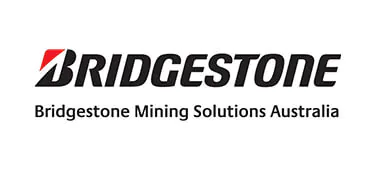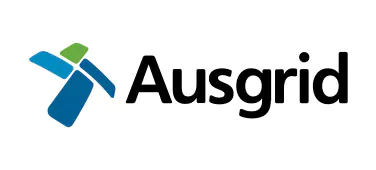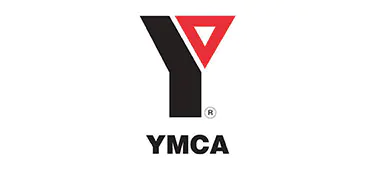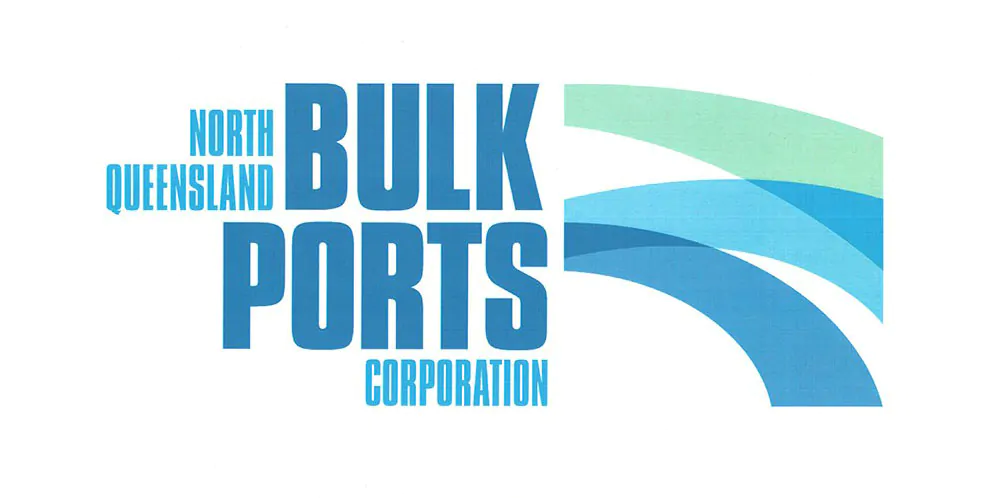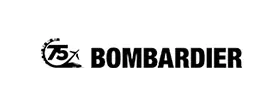Health and Safety Responsibilities in Construction Projects
Health and Safety Responsibilities in Construction Projects
SafeWork NSW continually reinforce the point that the role of principal contractor is critical in managing safety risks on construction projects. However, there is still much misunderstanding and confusion, which leaves workers exposed to the possibility of serious injury and managers, supervisors, and companies liable to hefty prosecutions if it all goes wrong.
In this article we have tried to distil and simplify the information provided by safety regulators and leading legal firms, however many SMEs in construction would be well advised to reach out to leading OHS consultants in their area for guidance and support.
Basic ‘Must Know’ Terms
The defining laws are the WHS Act (OHS Act in Victoria) and Regulations. All states are fairly similar since nationally harmonised laws were developed in 2011.
The term PCBU is often used and means Person Conducting a Business or Undertaking. A ‘person conducting a business or undertaking’ (PCBU) is a broad term used throughout work health and safety legislation to describe all forms of modern working arrangements, which we commonly refer to as businesses. Types of PCBUs can include:
- public and private companies
- partners in a partnership
- sole traders and self-employed people
A “construction project” is defined by the WHS Regulations as a project that exceeds $250,000 in cost.
Principal Contractor – Every construction ‘project’ over $250,000 must have a principal contractor (PC) appointed. The PC must manage and control the WHS risks associated with the project as well as complying with prescribed duties under the WHS Act and Regulations, such as the requirements to develop a project safety management plan for each project, maintain site signage and fencing, provide first aid, consult with workers – to name a few.
The PCBU that “commissions” a construction project is, at least initially, the ‘default’ principal contractor for the project. The default principal contractor has the right to engage another PCBU as principal contractor for the project. To effectively do this the default principal contractor must give the PCBU it engages the full authorisation to have management or control of the workplace in accordance with the WHS regulations.
Only the Default PC has the right to engage another PCBU as principal contractor. If the default principal contractor engages a PCBU to be principal contractor, that PCBU cannot in turn appoint a third party to be the principal contractor.
A PC can ‘Pass the Baton’
We know now that a construction project can only have one principal contractor at any given time. However, there is nothing preventing more than one principal contractor being engaged for a project provided there is not more than one engaged at any given time during the life of the project.
One principal contractor can “pass the baton” to another – although, as previously discussed – the engagement of any principal contractor can only be made by the default principal contractor. There must be clear handover protocols in place.
Multiple ‘Projects’ in a Program of Works
Identifying separate projects within a large program of works is a legitimate approach as long as responsibilities for each project are clearly defined.
An example may be the construction of a large airport – There may be a runway construction project, a terminal construction project and a rail corridor construction project that occur simultaneously and are clearly defined by their project scope.
In these cases a PC is appointed for each project within the wider Program of Works and in the event of any overlap (first aid or emergency response may be examples) the PCBUs will formally determine responsibilities prior to commencement. There is a legal requirement for these firms to cooperate with one another.
Multiple WHS Duties in a Construction Project
The nature of construction work means that there are various PCBUs with WHS duties relating to the construction work. For example, there are persons who:
- carries out construction work.
- designs the building or structure.
- commissions the construction work (except for a homeowner where they are not a PCBU)
- is a principal contractor.
- has management or control of a workplace at which construction work is carried out.
- carries out high risk construction work.
Other duty holders that have responsibilities under the WHS Act and Regulations are:
- officers – e.g. company directors
- workers
- other persons – e.g. visitors to construction sites.
It is common in the construction industry for a person to fall into more than one duty holder category. For example, a principal contractor will have the duties of a principal contractor as well as other duties of a PCBU. A subcontractor is a PCBU and can also be a worker when working at a construction workplace.
“Everyone involved in construction work has health and safety duties when carrying out the work” (SafeWork NSW. Construction Work Code of Practice)
Increased Penalties on PCBUs
Due to the large number of safety incidents on construction sites the NSW government has recently amended the WHS Act to increase fines to Corporations to more than $10 million and individuals can face $2 million fines and up to ten years’ imprisonment.
Recommendations
The costs of failing to control safety in a construction project can be dire. Workers can be killed or seriously injured. Penalties for businesses and managers are severe and can lead to financial ruin. Reputational damage is often unrecoverable.
Our strong recommendation for any business that does not have absolute certainty that they are complying with the regulations is to seek help from an experienced WHS consulting firm. These experts can quickly conduct an assessment and assist with correcting any deficiencies.
Request a Quote
Ensure your organisation isn’t making critical WHS mistakes by getting expert advice before it’s too late.




